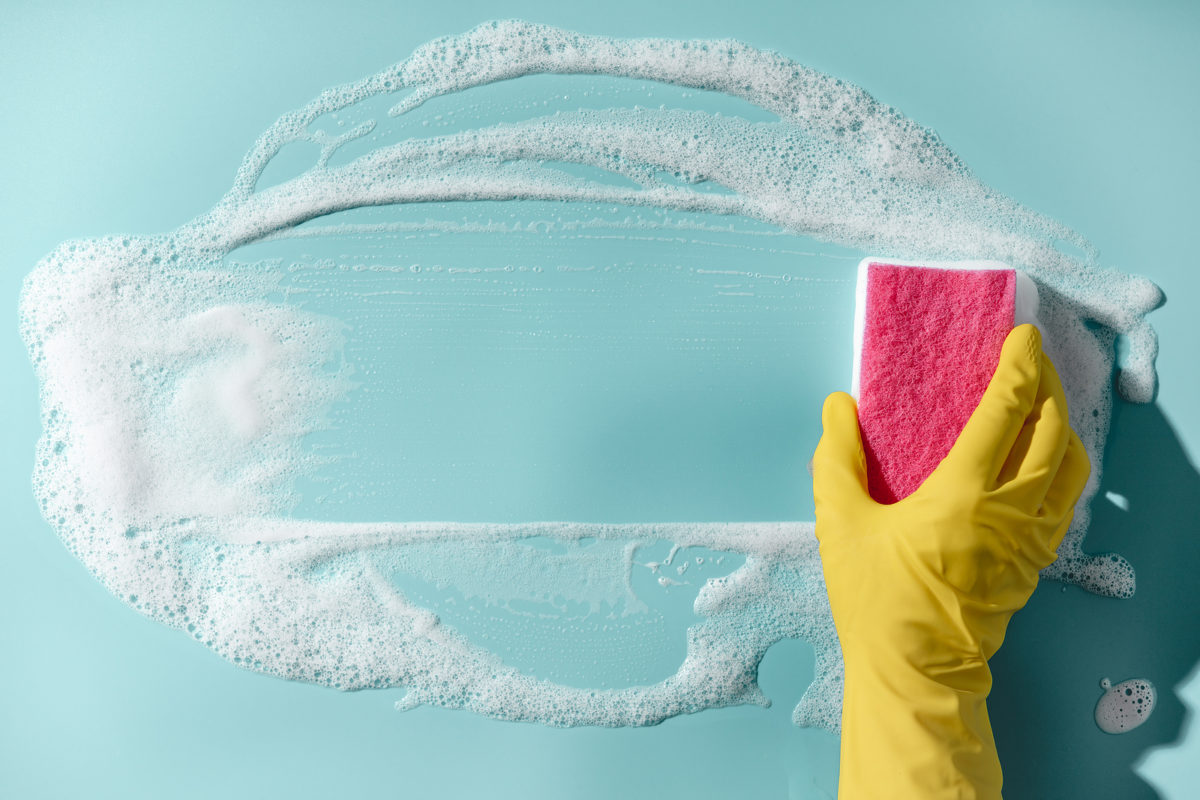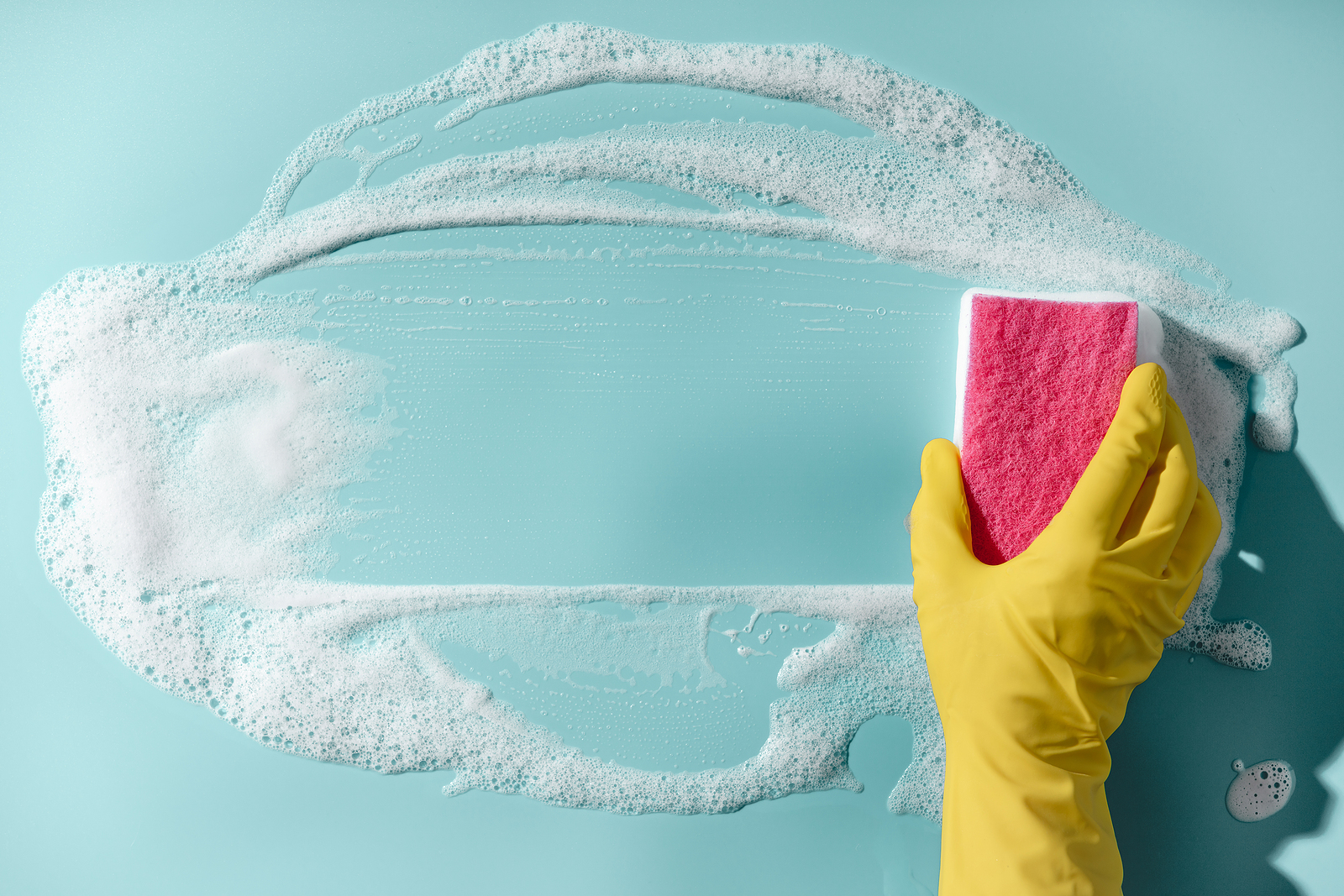Let’s get this out of the way upfront: Not everyone that shows up at an open house or requests a viewing of your home is honest.
Sure, most folks are, but some may be tempted to steal anything that catches their eye. And some of them may just act on the urge.
One of the most important steps in readying your home for the market is to protect your valuables and your information from the strangers that will be passing through.
Here’s a checklist of the most commonly “lifted” items.
Artwork
While valuable artwork isn’t exactly easy to pocket, thieves have been known to look at MLS listing pictures of luxury homes online. They aren’t in the market for a luxury home, but they do want to see what’s inside.
Before the photographer comes to the home to snap the pictures, take down anything that may catch the eye of a bad guy.
Prescription drugs
It’s not difficult to slip a bottle of pills into a pocket or purse. Plus, since most people keep their prescriptions in the bathroom, the perp has all the privacy he or she needs to rifle through the medicine cabinet.
Remove all prescription medications from the home. Keep them in your car, lock them in a safe or ask a friend to hold on to them for you.
Weapons
Most gun owners are responsible and keep their firearms under lock and key. If you don’t have a gun safe, take the weapon out of the home. The same holds true for other weapons
Technology
Laptops, iPads, smart phones, smart speakers, smart watches and earbuds are quite popular with thieves. Again, take them out of the home or lock them up.
Any tech items that are too large to remove from the home, such as a desktop computer, should be password protected and turned off.
Cash and Jewelry
Every thief’s favorite find is jewelry. In fact, the experts at The AA Home Insurance claim that jewelry is the most commonly stolen item from homes.
They are especially fond of diamonds, pearls and gold but will take anything they can pawn. Almost $1.4 billion worth of jewelry and precious metals was stolen in 2016,” according to Cannon Safe Company’s Angela Avila-McDonald, quoting FBI statistics.
Keeping cash and jewelry in a secure safe is the ideal way to foil a thief while your home is on the market.
Sensitive documents
Lock up bills, letters and anything else that may have identity information, such as social security numbers, driver’s license numbers, bank account numbers, dates of birth, Wi-Fi or computer passwords.
The following documents should be locked away or removed from the home:
- Bank statements
- Blank or cancelled checks
- Mortgage statements
- Passports
- Social Security cards and records
- Credit card information
Anything that can help someone steal your identity should be considered sensitive.
Car keys, house keys and garage door openers
Easy to pocket, keys and remotes allow the perp to come back at another time and gain access to your home and/or car. Don’t leave spare keys, etc. sitting in a drawer.
Pets
If your pets will remain in the home, keep them kenneled. Consider investing in a lock for the kennel, especially if you have a dog breed that is popular, rare or expensive.
Thankfully, most open houses and showings go off without a hitch. In fact, thefts are rare. But it’s always better to be proactive, especially with strangers coming into your home.



















